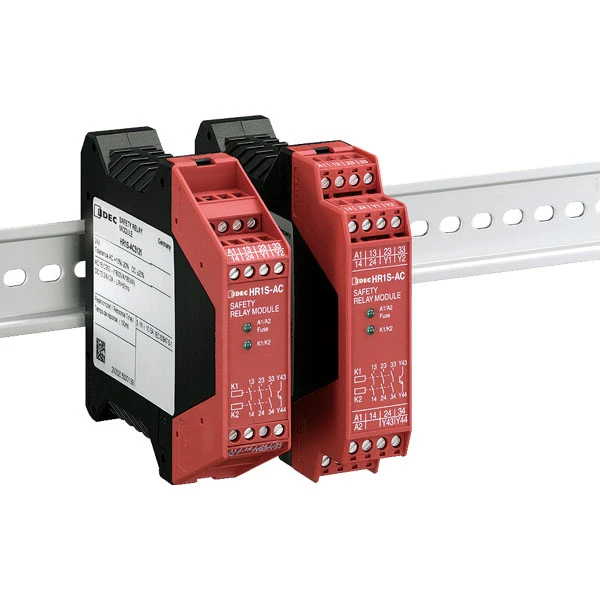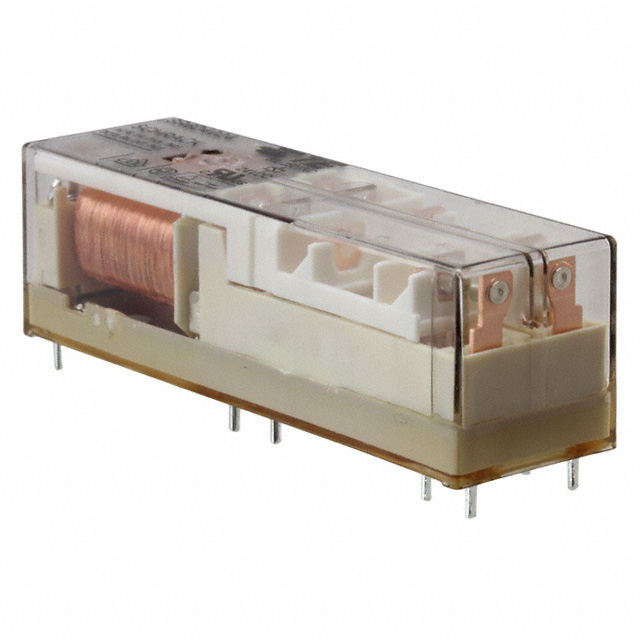Categories
- Safety Relays(2)
- 1
Introduction to the Safety Relay
A safety relay is a specialized electrical component used to monitor and manage safety functions on machinery and systems, ensuring protection even in the event of a component failure. These fail-safe devices are essential in manufacturing settings where machinery has moving parts that could pose a hazard to operators. Safety relays are also commonly integrated into everyday electrical equipment to enhance safety.

Applications of Safety Relays
Safety relays are widely used in electrical systems and circuits where the safety of users and operators is a priority, especially around machinery with moving or hazardous parts. They are integral to nearly every type of equipment involving human interaction or proximity to operators. Below are common applications where safety relays play a vital role:
Safety relays monitor external safety features of machines and processes, including:
- Interlock guards
- Emergency stops (E-stops)
- Light barriers or curtains
- Pressure-sensitive mats
- Two-hand control systems
- Time-delay mechanisms
Difference Between Standard Relays and Safety Relays
While standard relays use a coil and mechanical movement to close contacts, they are prone to issues like metal contact welding, which can lead to malfunctions. If a standard relay were to fail, the machinery or circuit might still operate even if a safety sensor or button is broken, leading to potential hazards. Due to strict safety standards in the UK, Europe, and the US, standard relays and contactors are prohibited in potentially dangerous machinery.
One key safety standard associated with safety relays is:
- ISO 13849-1: Safety of Machinery – Safety-Related Parts of Control Systems.
Benefits of Using Safety Relays
Safety relays are designed to improve a machine’s safety rating by protecting both users and equipment during faults or unsafe conditions. Key benefits include:
- Fail-safe operation: If a component within the safety relay fails, the system will not function, ensuring safety on equipment that involves movement or accessible moving parts.
- Compact and space-efficient design: Modern safety relays are small and slim, enabling multiple safety devices to be monitored from a single component in a control panel, saving both space and cost.
Why Use Safety Relays?
- To mitigate risk: Safety relays play a critical role in lowering risk by monitoring safety circuits and providing a rapid response to shut down machinery if unsafe conditions arise.
- To protect operators and equipment: Safety relays ensure that machinery can be safely stopped, preventing damage and reducing maintenance costs. This level of protection extends the life of the equipment and can prevent costly replacements due to excessive damage.








